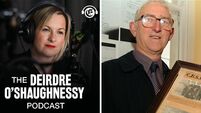Inside the fentanyl trade powering the world’s deadliest drug crisis
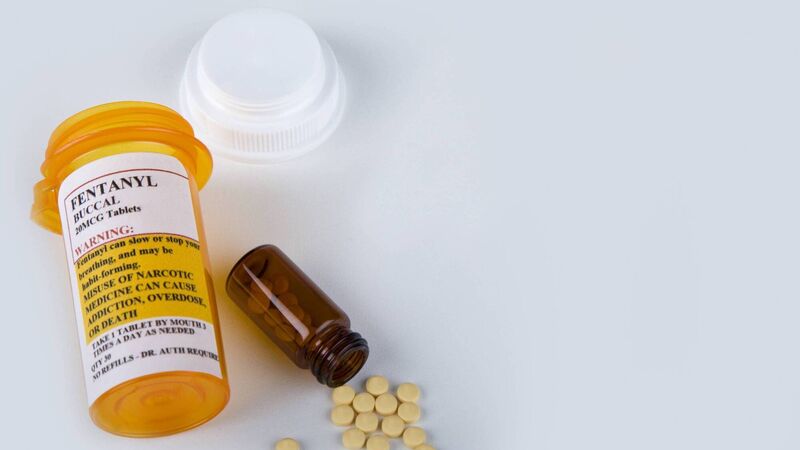
Last year, fentanyl killed more Americans aged between 18 and 49 than traffic accidents or guns.
It was a distinctive smell, similar to vinegar, seeping from the new-built home at the top of the hill that prompted a resident in Tijuana’s Lomas del Valle neighbourhood to make an anonymous call to the police in October last year.
A few nights later, three patrol cars were seen heading up the pot-holed road to the elevated dusty area, a 50-minute drive and a world away from the souvenir stores and tequila bars of Mexico’s main northern border city. Their target was a squat, grey building that seemed in a permanently stalled state of construction.
As police drew close, they spotted two men outside, loading bags into a car. Catching sight of their unwelcome visitors, the suspects bolted off into the darkness. The officers knew they had the right place and broke into the building. Inside, they found a makeshift laboratory equipped with all the paraphernalia of synthetic drug production.
In one corner was a large icebox, the type that might be used to take cold drinks to a beach. It contained more than 300,000 light blue pills of pure fentanyl.
In total, police confiscated 207kg of the synthetic opiate, enough to kill tens of millions of people, and with a street value of about €4.7m.
Fentanyl abuse is the world’s deadliest drug crisis. The front line of the calamity is just 10 miles from that raided lab, over the border in the United States. As many as 200 Americans a day are dying from overdoses of what some pushers call the “crazy one”.
The drug is most commonly taken in pill form by abusers or injected. Some smoke it, which overcomes the struggle for hardened addicts of finding a vein.
Each trip is a dance with death: the dose needed to produce a narcotic effect is just fractionally below the amount that can trigger unconsciousness, breathing difficulties and heart failure. Many users do not survive their first hit.
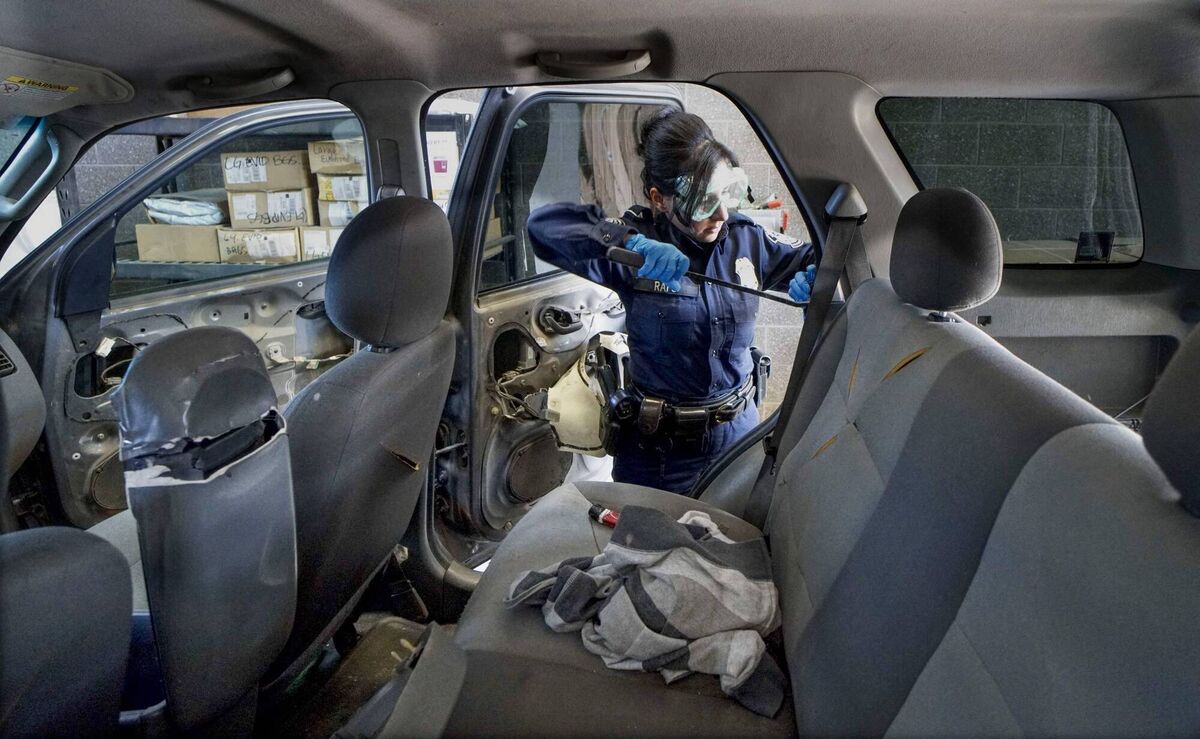
Last year, the drug killed more Americans aged between 18 and 49 than traffic accidents or guns. In the Canadian state of British Columbia, the statistics are more stark, with unregulated drug overdoses, mostly from fentanyl, the leading cause of death for all people aged 10-59, according to health officials.
The impact in Europe has been minuscule by comparison, so far. In the European Union, about 200 people are believed to have died of fentanyl-related overdoses in 2023, while for the past five years in the UK the number has hovered around 60 deaths a year.
In Ireland, there are fears of a surge in the use of fentanyl and other synthetic drugs due to a reduction in the supply of heroin which in turn has been caused by a Taliban clampdown on heroin production in Afghanistan.
On his retirement last year, Cork Judge Olann Kelleher of Cork District Court expressed concern at the potential devastation toxic synthetic opiates would cause if they were used by drug dealers to fill that projected future gap in the heroin market.
He said because these drugs, such as fentanyl, are both cheap and highly potent, they could have a terrible impact on the street.
“If that [fentanyl] comes in and it’s cheap, it will be a problem,” Mr Kelleher said.
The HSE has issued warnings to drug users about the use of synthetic opioids, most recently nitazene, which has been linked to a number of non-fatal overdoses in Cork.
Speaking while in the US last autumn, outgoing Taoiseach Leo Varadkar acknowledged it was “more likely than not” that the fentanyl would reach these shores but added that Ireland had time to prepare for this eventuality.
“We can learn from what they’re trying to do here in America to deal with that, particularly around controlling supply, but also around providing treatment.”
But so far, this seems a peculiarly US and Canada-focused scourge and one theory to explain why is that both countries are seeing the effect of decades of overprescription of opioid painkillers by doctors.
There were 227 million prescriptions issued for legal opioids in the US in 2015. Even if only a tiny fraction of those patients sought to continue their habit once their course ran out, that is a bonanza for the drug runners.
British Columbia’s experimental decriminalisation of the possession of hard drugs, including fentanyl, in January 2023 has also been blamed for the rise in deaths there.
For pushers, fentanyl has some intrinsic advantages over other addictive drugs. Unlike cocaine and heroin, its ingredients do not have to be cultivated from coca or poppies: its chemical components, largely produced in China, can be bought easily online, often legally. From a business perspective, almost the only flaw of the drug is its efficacy in killing off its client base.
In 2022, the US recorded about 109,000 overdose deaths, according to the Centers for Disease Control and Prevention (CDC), of which 70% were synthetic opioids including fentanyl — a slight increase on the 2021 death toll following two years of steep rises.
In the homeless areas of San Francisco and Los Angeles, fentanyl users are easy to spot by their stupor-like demeanour mid-hit. More than a dozen cases can be found in a 10-minute walk around Skid Row in LA, where about 4,500 homeless people congregate every day. One heavy-set man is smoking a pipe at a bus shelter and speaks only to confirm, nonchalantly, that the white smoke he is exhaling is from fentanyl.
While these squalid scenes are the most publicised images of fentanyl abuse, one of the striking aspects of the drug is how it crosses class boundaries. Previous drug epidemics, such as crack cocaine in the 1980s, came to be associated with poorer communities. Fentanyl finds its victims at every level of society.
The Leopolds were a picture-book American family. Michelle, 58, and her husband, Jeff, 57, run six hardware stores in Marin County, a short drive across the Golden Gate Bridge from San Francisco and the fourth richest county in all of America.
Trevor Leopold, a handsome teenager with blue eyes, grew to love the outdoor life on the doorstep of his family home. A former boy scout, he was an avid birdwatcher able to identify almost any species from its call. He collected rocks and had an encyclopaedic knowledge of gems and minerals. “He loved learning,” says his mother, who bears a striking resemblance to her son.
In 2016, the Leopolds noticed a change in Trevor’s bright disposition, just as he turned 15. They knew he was occasionally smoking strong cannabis.
“His personality completely changed,” Michelle says. “I learnt about today’s high-potency THC [tetrahydrocannabinol] and realised that was what was causing this lovely, sweet, caring, gentle person to become violent.”
Desperate to get their son back, the Leopolds sent Trevor on wilderness retreats, with little success.
They also booked him into several rehab centres. By the time he turned 18 there were signs of improvement. He graduated from high school and began studying at Sonoma State University. But just months into his degree, in November 2019, he was dead.
Trevor, his mother says, had bought four pills, believing them to be prescription painkillers. One was laced with fentanyl. Michelle, Jeff and their 21-year-old son, Parker, now live with the grief that afflicts thousands of American families.
Fentanyl was first developed by the Belgian physician Dr Paul Janssen in the late 1950s. About a hundred times more powerful than morphine, it was designed as an intravenous anaesthetic to alleviate severe pain following cardiac and vascular surgeries.
It soon gained a place on the World Health Organization’s list of essential medicines and is still used today as a highly effective painkiller, particularly in the care of terminal cancer.
By the early 2000s, reports began to emerge of illicit recreational use but it has been over the past three years, though, that illegal use has exploded. Some experts say boredom during the pandemic drove abuse.
There has also been speculation that China, as the main source of the chemicals needed to produce fentanyl, is deliberately allowing the US to be flooded by a drug that undermines its society from within — just as Britain and other Western powers were accused of doing, in reverse, during the Opium Wars of the 19th century.
Beijing has consistently rejected this accusation, saying the West is seeking to blame others for its own degeneracy.
Yet there can be no hiding China’s role, willing or not, in the production of the drug that is sometimes known on streets of Los Angeles as “China Girl”. The main reason is a logistical one. China has the biggest chemical manufacturing sector in the world — with about 45% market share. If anyone, from drug cartels to legitimate medicine manufacturers, needs chemical ingredients, China is a first port of call.
In the early 2000s, both pure fentanyl and the chemicals needed to manufacture it would normally be shipped directly from China to the US.
Intense pressure from Washington to curb that trade, culminating in a May 2019 declaration by the Beijing government that fentanyl and two of its precursors would be categorised as controlled substances, led to a sharp drop in the number of seizures at US ports.
Over the past 15 years synthetic drugs — the first was crystal meth — have begun to cut into a market long dominated by cocaine and heroin. As that business has grown, important cross-Pacific links have been formed between Mexican cartels — with their decades of experience of trafficking drugs to the US — and their Chinese chemical suppliers. It has proved enormously profitable for both sides.
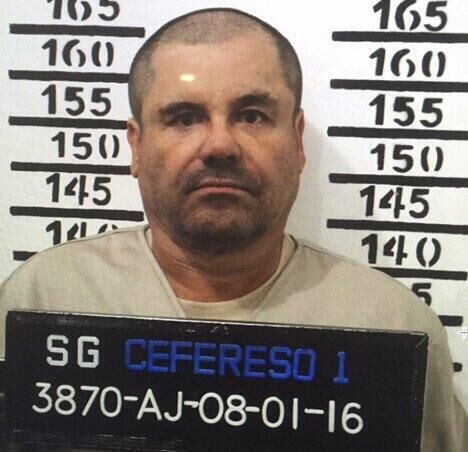
A window into this deadly alliance was provided last year by a former senior figure in the most established criminal group in all of Mexico: the Sinaloa cartel.
Dámaso López-Serrano, who is currently co-operating with US prosecutors under a witness protection scheme, is a godson of Joaquín “El Chapo” Guzmán, the founder of the Sinaloa cartel and the most notorious drug lord alive today. El Chapo was extradited to the US in 2017 and is serving a life sentence for murder and other offences.
In an interview with a Mexican journalist published on the CrashOut substack site last year, López-Serrano detailed how members of the Sinaloa cartel made several visits to China over the past decade, specifically to discover how to make fentanyl.
“We sent people who worked with us to China and there they were introduced to everything, from how it is made, what it has, what it doesn’t have, how much you have to put in,” López-Serrano told the journalist Luis Chaparro.
He described how, once his former associates began to import the precursor chemicals from China to produce their own version of fentanyl, they realised they had hit the jackpot.
For every dollar invested, the criminal organisation was getting back $20 (about €18.50). Even small-time smugglers, López-Serrano said, were able to net “30 or 50 million dollars” a year.
One of the early alleged pioneers of the China-Mexico drug trade was the Shanghai-born Mexico-based businessman Zhenli Ye Gon.
In 2007, his sumptuous mock-château home in Mexico City was raided by police. Inside, they found $207m in cash, spilling out of cupboards. The haul, weighing two tonnes, took detectives two days to count.
US drug agents claimed the magnate, a colourful character who once boasted he had lost $126m in Las Vegas casinos, used his legally registered pharmaceutical company as a front to provide the Mexican gangs with the chemicals needed to make crystal meth, a predecessor of fentanyl.
“He was the one who really set up this alliance between the Mexican drug cartels, the Mexican drug trafficking networks and the Chinese pharmaceutical industry,” says Ioan Grillo, author of , an account of the drugs-driven violence in Latin America.
Ye Gon, who faced charges — later dropped — in the US for importing an ingredient used to produce crystal meth, has always maintained he is innocent.
The city of Manzanillo, on Mexico’s Pacific coast, was once best known for its glorious natural bay and big-game fishing, which made it a go-to destination for the 1970s jet set.
It was here that a bead-haired Bo Derek emerged from the sea in the 1979 film , starring Dudley Moore. The money in Manzanillo now comes not from louche sun-lounging tourists but from trade, of all kinds, with Asia.
Over the past half-century, mirroring the rise of China, Manzanillo’s port has grown to become the busiest in Mexico, handling 3.4m containers a year. But only a tiny fraction of those are inspected.
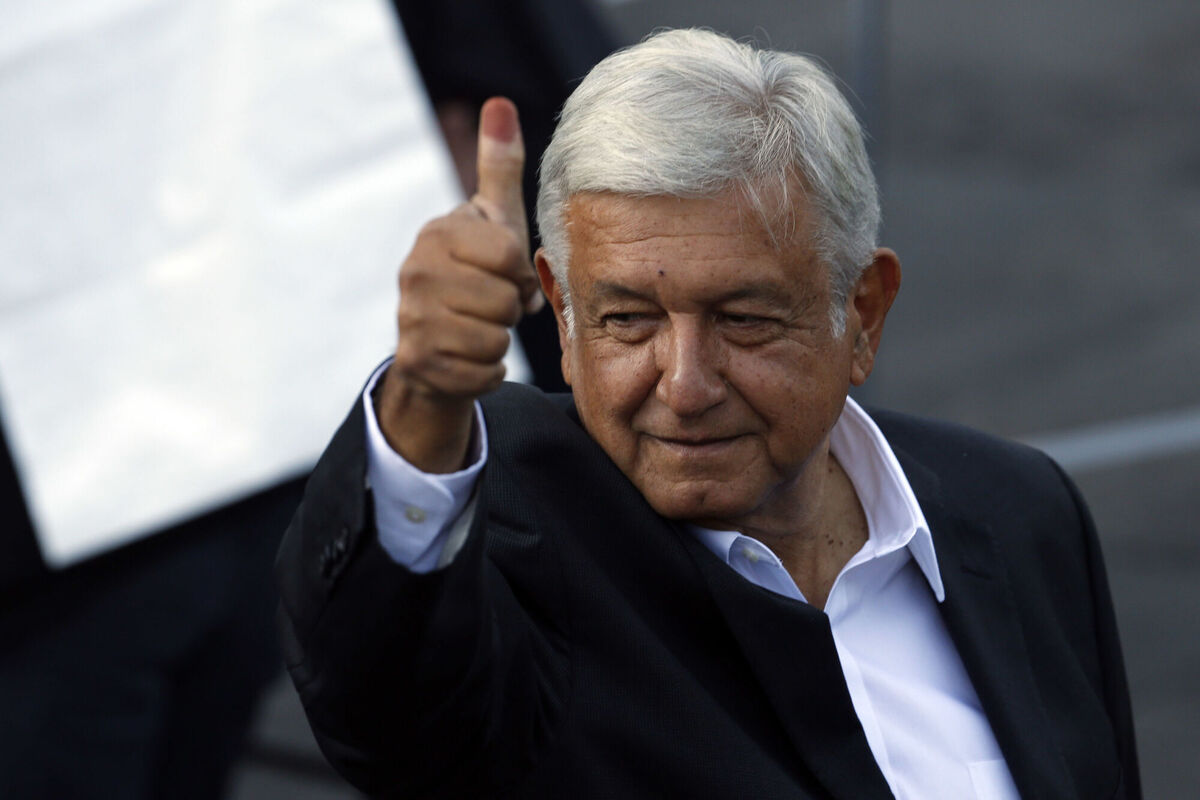
Since 2020, after years under civilian control, Mexico’s customs posts have been overseen by the military. That change was made by President Andrés Manuel López Obrador in an effort to battle corruption.
Four years on, an insider, speaking on condition of anonymity, believes the situation has deteriorated.
“Right now, corruption is the worst it has been in 20 years. It’s unbelievable,” says the businessman, whose operation is based inside the port. Synthetic drug interdiction, he insists, is barely happening.
The first problem is that most of the precursor chemicals enter Mexico legally. The cartels set up fake pharmaceutical companies inside the country, as Ye Gon allegedly did, and then order chemicals from China — with all the paperwork intact.
The US has attempted to close this loophole. In October last year, the Department of Justice unsealed eight indictments against Chinese companies and their employees, several of which have addresses in the central city of Wuhan, on charges of sending fentanyl precursors to Mexico and the US.
Some of the company owners have said they are being falsely targeted; others appear to have vanished. The US also says some Chinese companies change the composition of the chemicals they export so they appear to be for legitimate industrial use, such as pesticides.
The businessman in Manzanillo says such deception is, in fact, unnecessary because, in his experience, a modest bribe paid at the port enables anything to pass through. He adds that containers set aside for inspection — usually owing to a tip-off regarding drugs — often disappear by dawn. “They say the cranes move alone in the night here,” is his wry explanation.
The left-wing President López Obrador has made modest steps to assist the United States in tackling this crisis. One welcome move last September was the extradition to the US of 33-year-old Ovidio Guzmán, El Chapo’s youngest son. He is facing fentanyl trafficking charges.
Yet the López Obrador government formally maintains the pretence that fentanyl is not produced at any scale in Mexico. In March 2023, its foreign ministry declared the security services had “no record” of any domestic fentanyl production at all.
The US Drug Enforcement Agency and others, however, have evidence that hundreds of labs have been uncovered in Mexico.
Last March, a police officer spotted a man putting a bag of pills into the boot of a Toyota with California licence plates in the Colinas del Sol neighbourhood, 25 minutes from the US border. The suspect attempted to escape but was swiftly apprehended. This led police to a safe house that it transpired was run by the Sinaloa cartel. One hundred kilograms of fentanyl and crystal meth was recovered.
One of the suspects arrested in that operation was from the same small city — Badiraguato, with a population of only 3,700 — as El Chapo himself.
Cartels hire both Mexican and US citizens to smuggle the easily concealed pills across the border. Most of the fentanyl in the US is believed to arrive via legal entry points. The potency and concentration of the drug means just three lorryloads would be enough to supply the entire US market for a year.
The going rate for a courier, or “mule”, travelling by foot and taking 1,000 pills is about $500 per crossing. Cartels recruit many of the young carriers via social media, with discreet job opportunity adverts.
The US response to the crisis has so far varied across states, cities and counties. In California, where fentanyl claimed more than 7,300 lives in 2022, prosecutors have either begun or have announced plans to charge dealers with murder.
In the state of Virginia, Loudoun County — a wealthy area roughly an hour west of Washington — has announced plans to sweep high schools with sniffer dogs to combat rising overdose deaths among teenagers.
At the federal level, last year the Food and Drug Administration approved over-the-counter sales of the overdose reversal drug naloxone, a move proponents of the so-called “harm-reduction model” have demanded for years.
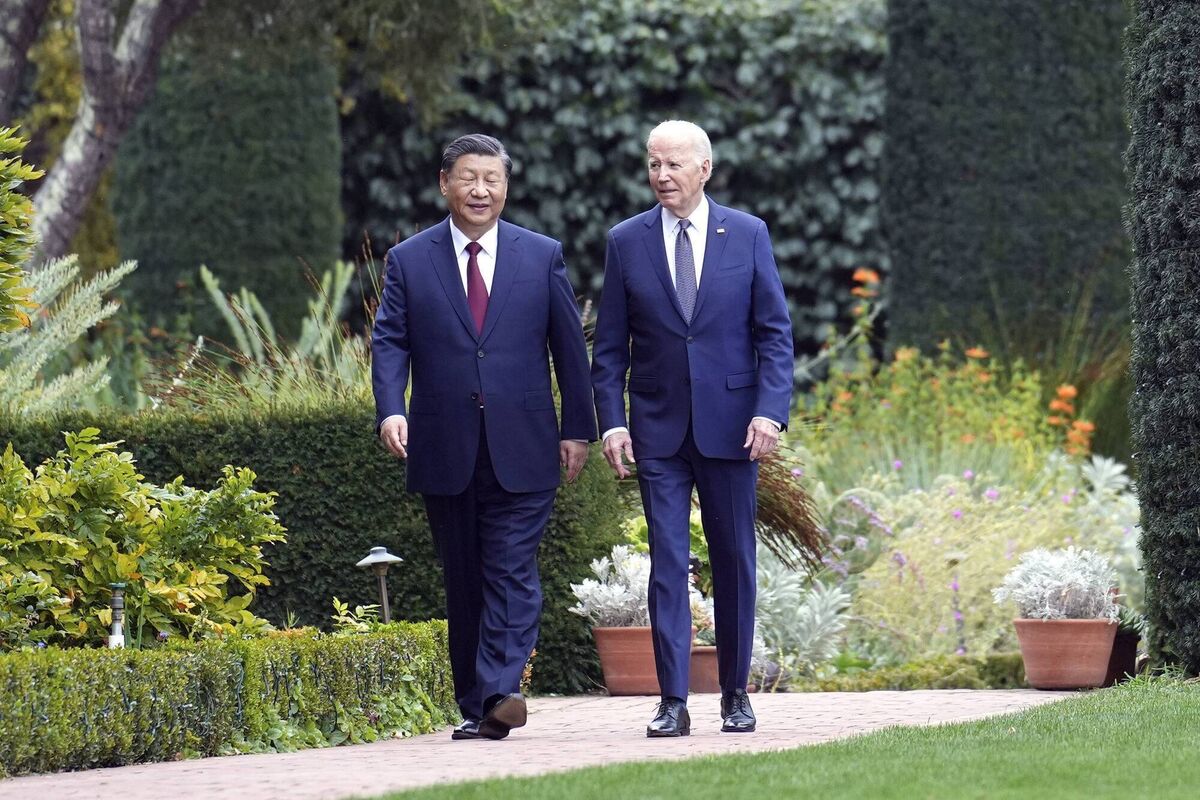
Supporters of the decision say putting naloxone kits in as many hands as possible will save lives. New York State has also made naloxone available free from vending machines.
Those calling for international action have been encouraged by discussions between presidents Biden and Xi Jinping at a summit held in California last November.
On the fringes of talks about Taiwan, Washington and Beijing presented a joint plan to curb the flow of fentanyl into the US, with China agreeing to do more to pursue producers of the precursor chemicals.
“Fentanyl is an equal opportunity murderer,” says Michelle Leopold, the grieving mother of Trevor in San Francisco. “It does not discriminate.”
Only briefly does her voice crack during our conversation — mostly she displays a steady stoicism.
She has discovered a new purpose: making sure as few parents as possible have to go through what her family has endured, by raising awareness about the drug that killed her son.
Most weekends, she can be found outside one of her family’s hardware stores in a purple T-shirt bearing the slogan “Overdose awareness”.
She always carries a shot of naloxone with her and pleads with others to do the same. When Michelle began her mission in 2019, she says hardly anyone listened. Now, after hundreds of thousands of deaths, parents are waking up to the danger. Michelle’s meetings are packed.
“Almost everybody knows somebody” who has died from fentanyl, she says. The statistics show that is not the exaggeration it might seem: four out of 10 Americans in one recent survey said they knew someone who had died from a drugs overdose.
Michelle believes the US government still isn’t doing enough to inform Americans of the risks posed by fentanyl. That task, she says, has fallen into the hands of an “army” of devastated families.
“The education is coming from parents with first-hand experiences,” she says. “We just don’t want anybody else to join this horrific club of having to bury your own child.”
- The Interview People




